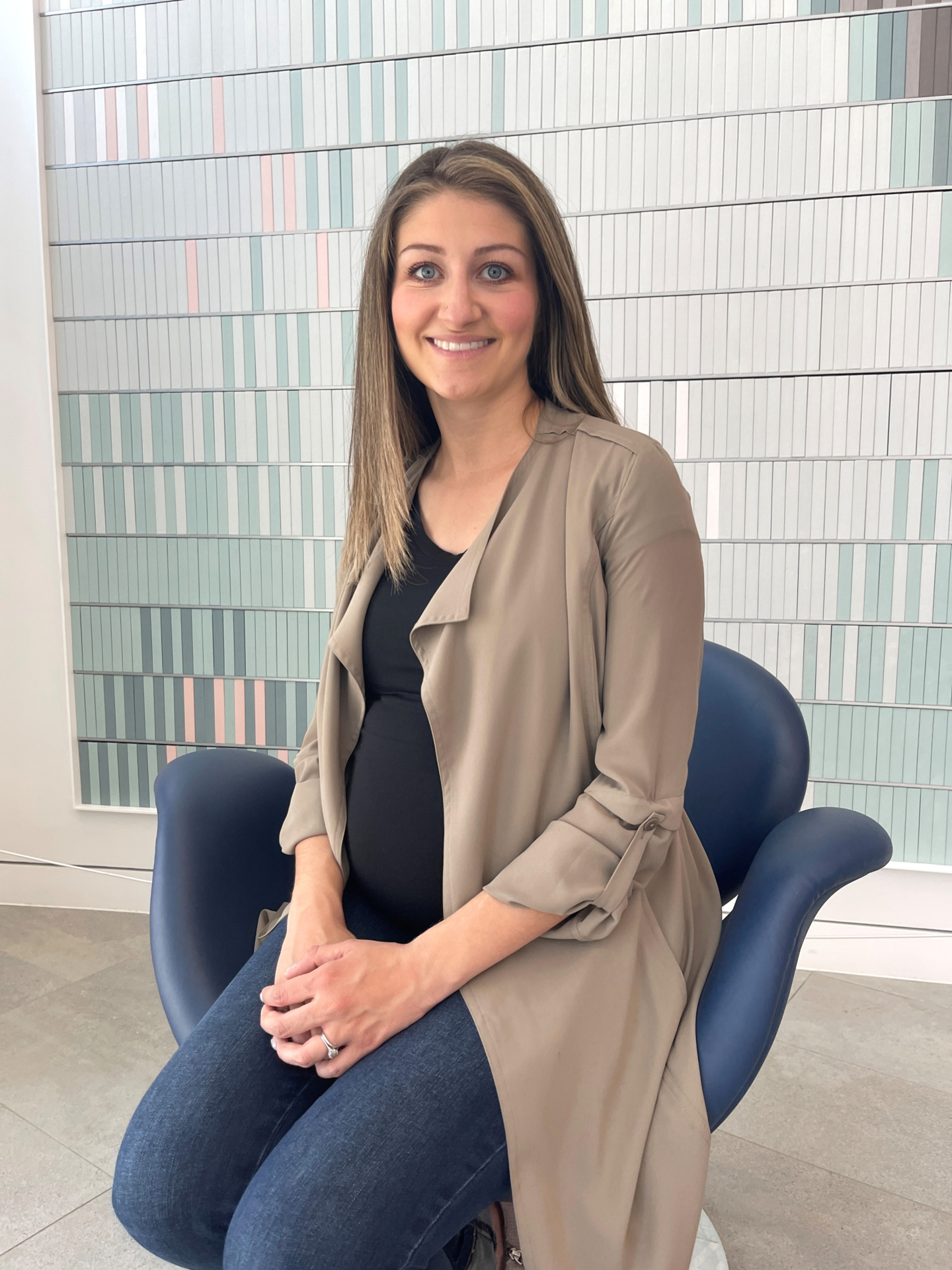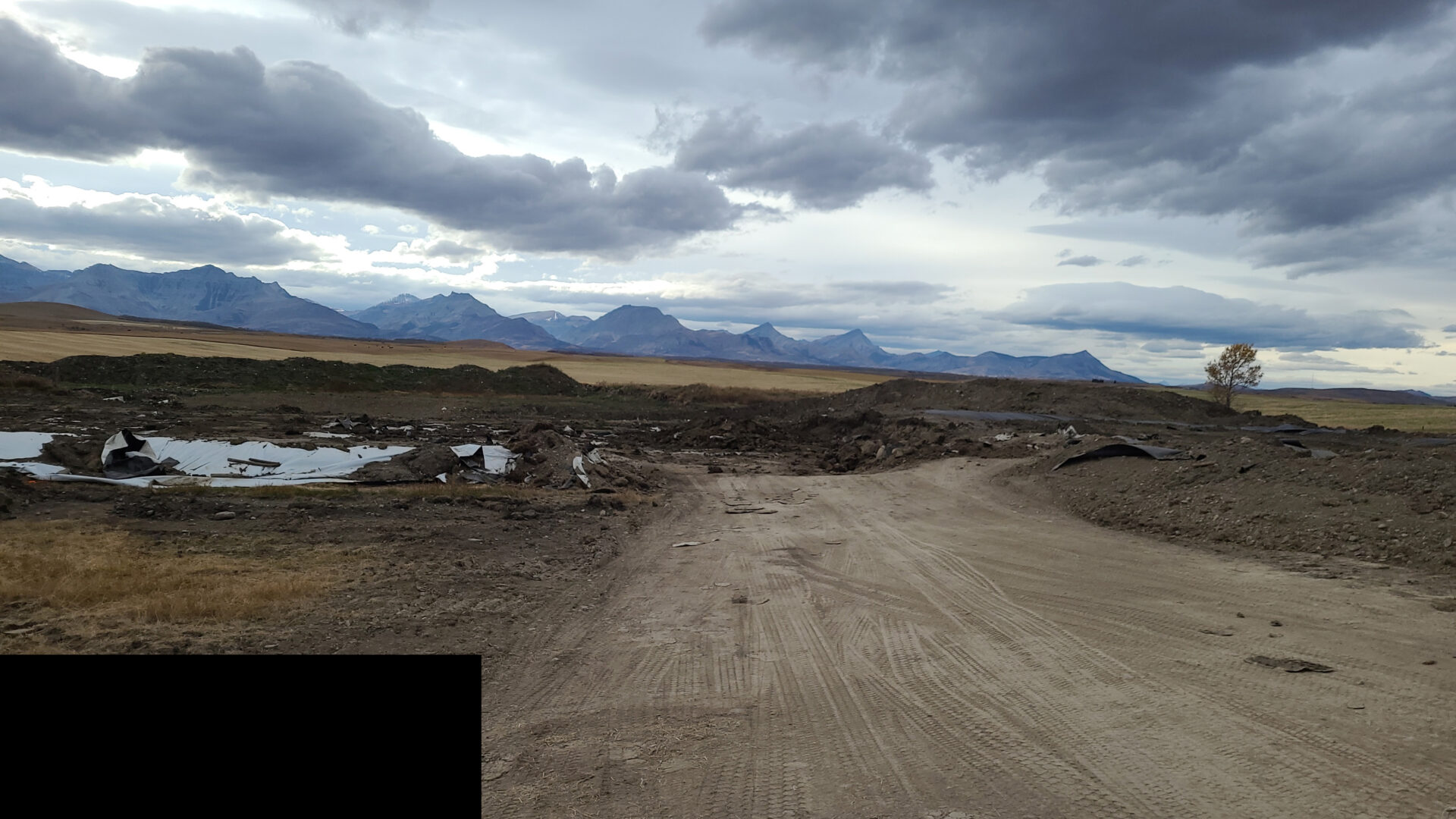Recently, the AER has rolled out the new Area Based Closure Program (ABC) whereby operators can relax inactive well requirements in exchange for committing to an annual inactive liability reduction target. Goals of the Area-Based Closure Program are to encourage cooperation between operators to realize economies of scale for area based asset retirement and ultimately combat the growing inventory of inactive infrastructure. Licensees can participate in the ABC program by committing to spending 4% of their Inactive Deemed Liability on closure in the coming calendar year. Since roll-out of the program in the early fall, there has been a slow, steady addition of licensees who have formally committed and posted programs to the AER’s ABC portal.
The current framework for calculating the Inactive Liability Reduction Target is measured at 4% of a Licensee’s Inactive Deemed Liability (Source: ABC FAQs). The 4% target was determined using average historical industry expenditures on closure and is an interesting value as it is applied to all licensees regardless of the size/production volume of the company and will likely increase as the program progresses. Regardless of the target percentage, the value will likely affect the small, medium, and large sized producers differently.
Ideally, a company’s decision to pursue Area Based Closure should be in alignment with the AER’s goal to maximize closure and realize economies of scale. However, depending on the size of the licensee, and more importantly, a licensee’s inventory of inactive wells, the target has the potential to reduce the annual spend on closure for an oil and gas company.
An interesting case arises when a licensee possesses a disproportionate amount of inactive wells compared to their active assets. If the licensee is coming up on a big year where a large inventory of wells change their Directive 13 risk class from Low to Medium, a cost benefit analysis must be made. The new framework presents the potential situation where the budgeted spend on inactive well compliance is much higher than the 4% target. If the gap between these two values is significant, a licensee could choose the less expensive option of opting in to ABC and spending the minimum 4% and foregoing the need to bring the medium risk well into compliance. This ultimately leads to less spend towards closure and seems contrary to the goal of the ABC program.
It would be unfair to suggest that all licensees will proceed this way, however it points out a potential area of improvement for the ABC program. It is only natural that the roll-out of a new system will have its own kinks to work out, but providing a framework for a collaborative approach among industry is a much needed breath of fresh air.
It will be interesting to see how the industry responds to the “carrot” provided by the AER. If industry does not embrace ABC, will the AER follow up with a much heavier “stick” which outlines annual quotas for asset retirement similar to the IWCP program? Or, perhaps the AER provides a variable mandatory annual percentage rate as a function of the inactive count of a company. All of that remains to be seen.
The new Area Based Closure Program is a great step in the right direction for addressing inactive liabilities and the AER should be lauded for their willingness to think outside the box and be more malleable with regulatory requirements. Given the growing count of inactive wells in the Province, a framework needs to be put in place to efficiently address these existing liabilities and the new liabilities which are added annually. The AER’s Area Based Closure program is a huge step in the right direction.
360 exists to make growth simple. Contact us today to help you plan for your retirement.
The Full Circle is a content initiative by 360 to inform, inspire, and spark conversation around a wide variety of technical and business-related topics. We endeavour to use this forum not only to inform our clients and industry about relevant topics, but also to hold ourselves accountable, grow professionally and personally, and constantly challenge the way we do things internally. There will be a wide range of topics posted over the next while, so we encourage dialogue and look forward to speaking with those who would like to converse further –info@360elm.com.
































































